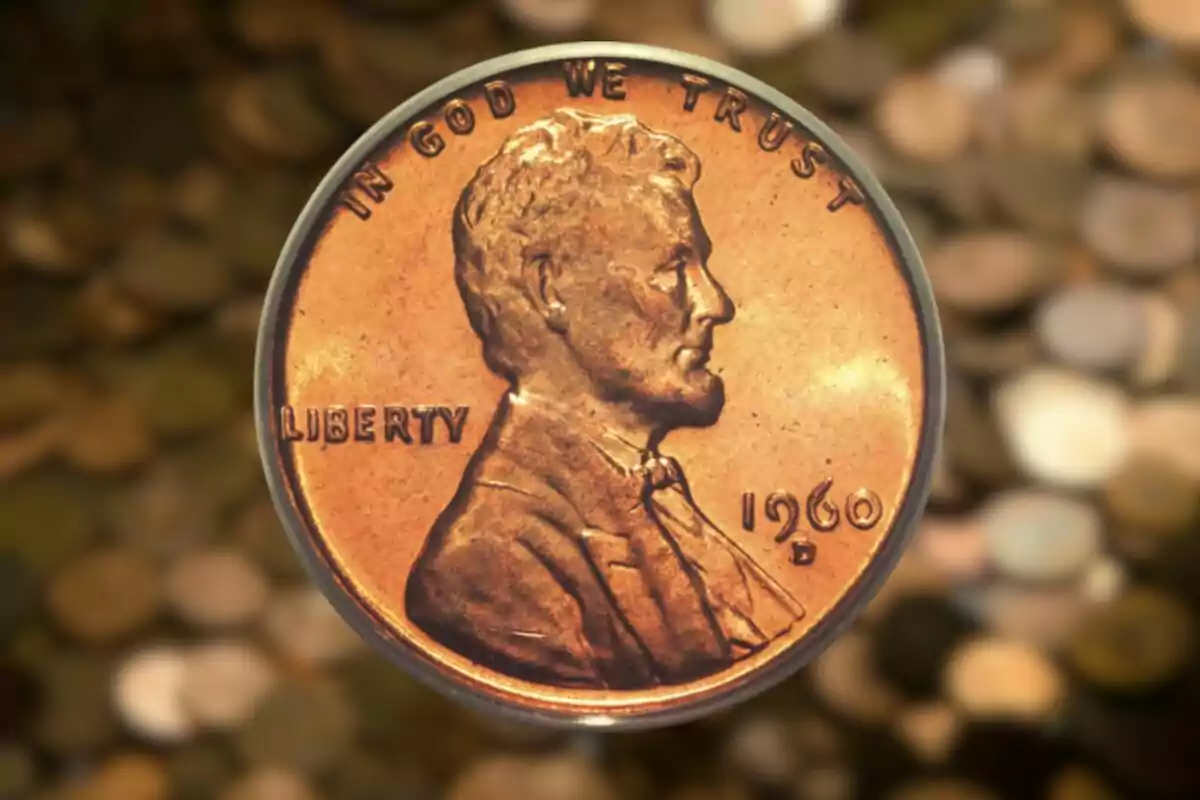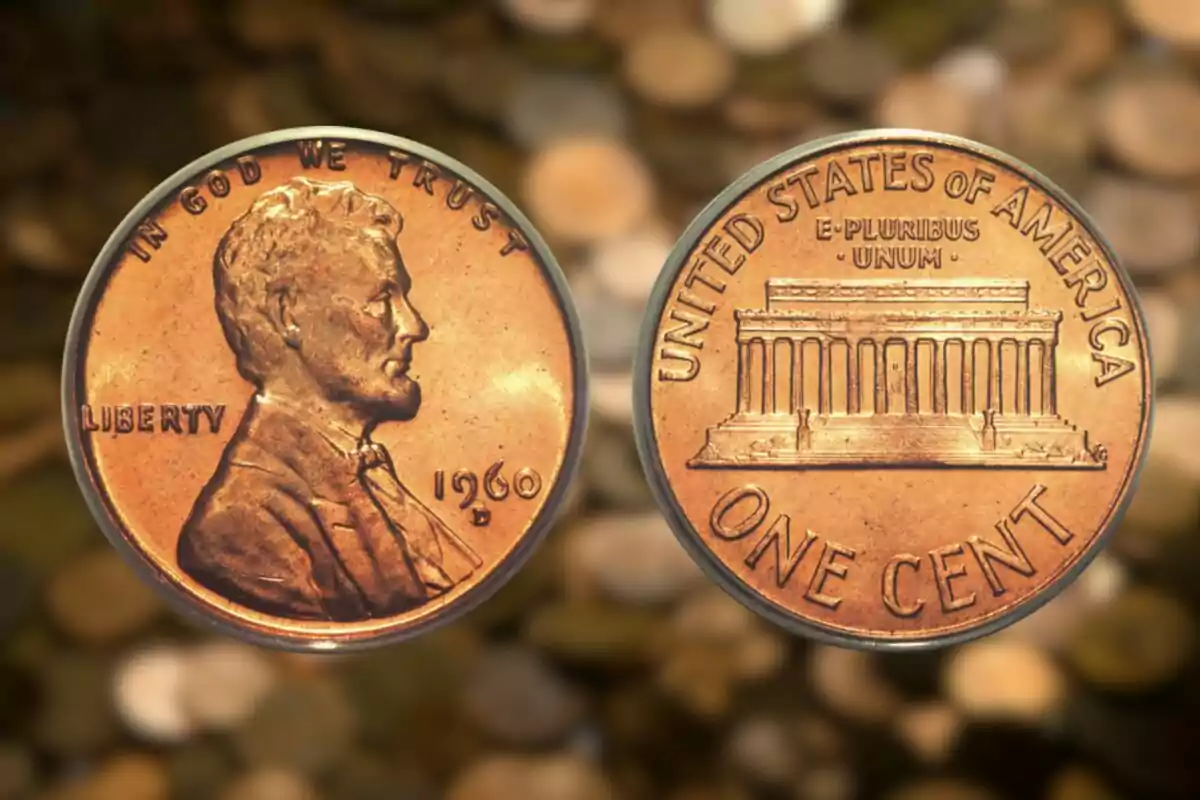
An Unexpected Treasure: The Lincoln Penny Now Worth a Lot of Money
Collectors and numismatics experts are going crazy looking for this 1-cent coin because it's very special
The fascinating world of numismatics is characterized by its rich history and the details that often go unnoticed. However, one aspect that attracts many collectors is the manufacturing errors in coins. These flaws, which may seem small and insignificant, have the power to turn common coins into extremely valuable pieces.
Although stamping errors are relatively frequent, some have such special characteristics that they become true treasures. A good example of this is the 1960-D Small Date Over Large Date penny, a coin that has gained great relevance in the numismatic market. This penny has become a unique piece due to the errors during its manufacturing, making it especially desired by collectors.

Characteristics of the 1960-D Small Date Over Large Date Penny
The 1960-D Small Date Over Large Date penny is highly valued for two notable defects in its stamping. First, the mint mark "D" was repunched, creating a double image that makes the coin unique. This type of error is not common in coins, which increases its value.
Additionally, the 1960 coin features a variation in the date, with a "Small Date" stamped over a "Large Date," making this piece an even greater rarity. This combination of errors is what makes collectors willing to pay high prices for this coin.

The Value of the 1960-D Pennies
The high demand for the 1960-D Small Date Over Large Date penny has driven up its value in the market. A specimen in MS66 quality has reached prices of up to $4,025 at auctions, reflecting how desired this coin has become.
The rarity of the coin, along with the peculiarity of the manufacturing errors, has made it one of the most sought-after pieces. The condition of the coin plays a crucial role in its value, as the best-preserved specimens are the ones that reach higher prices.
The 1960-D penny is not the only case of a valuable coin due to a manufacturing error. Another similar example is the 1983 penny without a mint mark, a coin that has also attracted the attention of collectors due to its unusual characteristics.

In 1983, the coins manufactured in Philadelphia did not carry the mint mark that usually appears on other coins, making those pennies rare and highly valued. Additionally, some of these pennies feature the "doubled die reverse" error, a flaw in the stamping that creates a double image on the lower part of the coin.
The 1983 pennies without a mint mark, especially those with the "doubled die reverse" error, can reach prices of up to $7,000 at auctions. Although these specimens are rarer than the 1960-D pennies, the numismatic market continues to show great interest in this type of coin. Numismatics remains a field full of surprises, where even the smallest errors can turn a common coin into a highly desired treasure.
More posts: